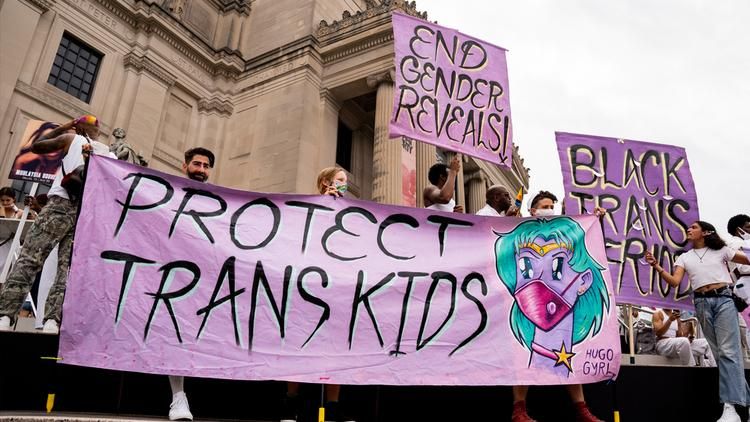This year, Albertans won't find out if there's coal in their stockings until after Christmas.
Sometime early in 2022 — the government won't say exactly when — Energy Minister Sonya Savage is to release two reports that will determine the future of coal mining in the province's beloved Rocky Mountain foothills and eastern slopes.
One report will sum up months of submissions from Albertans, the other will make recommendations.
The choice is stark. You either build a mine or you don't, said Craig Snodgrass, mayor of High River, Alta., a town just east of the foothills that opposes mining.
"There's no middle ground here, no balance to be struck."
It's no good roping off some parts of the mountains and opening up others, said Katie Morrison of the Canadian Parks and Wilderness Society.
The whole region shares the same environmental value, including providing most of Alberta with drinking water.
"I can't think of an area that would not contain those [values] that we could see as a sacrifice zone," she said.
Mining companies, too, know what's at stake.
"We expect a policy that's very clear, that either wants coal mining on certain lands or it doesn't," said Peter Doyle, head of Montem Resources, which recently filed a project description for one such mine.
Public reaction swift, angry
The issue blew up in spring 2020 when the United Conservative government announced it would remove rules that had protected the eastern slopes of the Rockies from open-pit coal mining since 1976.
At least six companies snapped up large tracts of land — much of it previously untouched, all of it home to endangered species, headwaters and the hearts and souls of Albertans.
Public reaction was swift and angry, uniting urban nature-lovers, rural ranchers and country music stars.
Savage was forced to reinstate the protections and stop selling exploration leases. She then struck a panel to hear from Albertans.
That panel received more than 1,000 emailed documents and 170 detailed written submissions, along with associated materials from 67 meetings across the province. Its two reports are to go to Savage on Dec. 31.
She has promised they will be released in the new year.
The busiest landscapes in Western Canada
Panel chairman Ron Wallace has said the responses heavily oppose coal mining.
Snodgrass, whose town council passed a motion calling for all such development to be closed off and the impacts of exploration cleaned up, said that better be reflected by what's in the report.
"We are going to know immediately if anything has been redacted," he said.
Morrison said that with forestry, energy, ranching, recreation and now coal, Alberta's eastern slopes are some of the busiest landscapes in Western Canada. She hopes the recommendations will include some kind of overall vision for the area.
"We've been waiting [for one] for over a decade."
Meanwhile, Doyle's company remains in limbo. He's had to lay off most of his employees, he said, and next summer's drilling plans hang in the balance.
"We won't do that drilling if we think the mine's not going to go."
He said he still thinks there's a place for projects like Tent Mountain, proposed for a previously mined site. But if Alberta decides there isn't, Montem has floated a proposal for a renewable energy project that would use some of the old mine's infrastructure.
"If we see no hope of getting the mine approved, we would make a decision to invest in that," Doyle said.
Just release the report and let him know, he said. "I'm a little bit worried, given the political situation, they could just sit on it."
'The fight continues'
Savage declined an interview request, saying she didn't want to speak about the reports before they're released.
Snodgrass said any attempt at finessing a mine or carving out a loophole for one will be met with more opposition.
"The fight continues," he said. "It won't stop."
It makes for a bit of a nervous Christmas, Doyle acknowledged.
"People are asking me what I think's going to happen," he said. "I don't really know.
"It's like Christmas. I'm waiting to see what's in the package."








